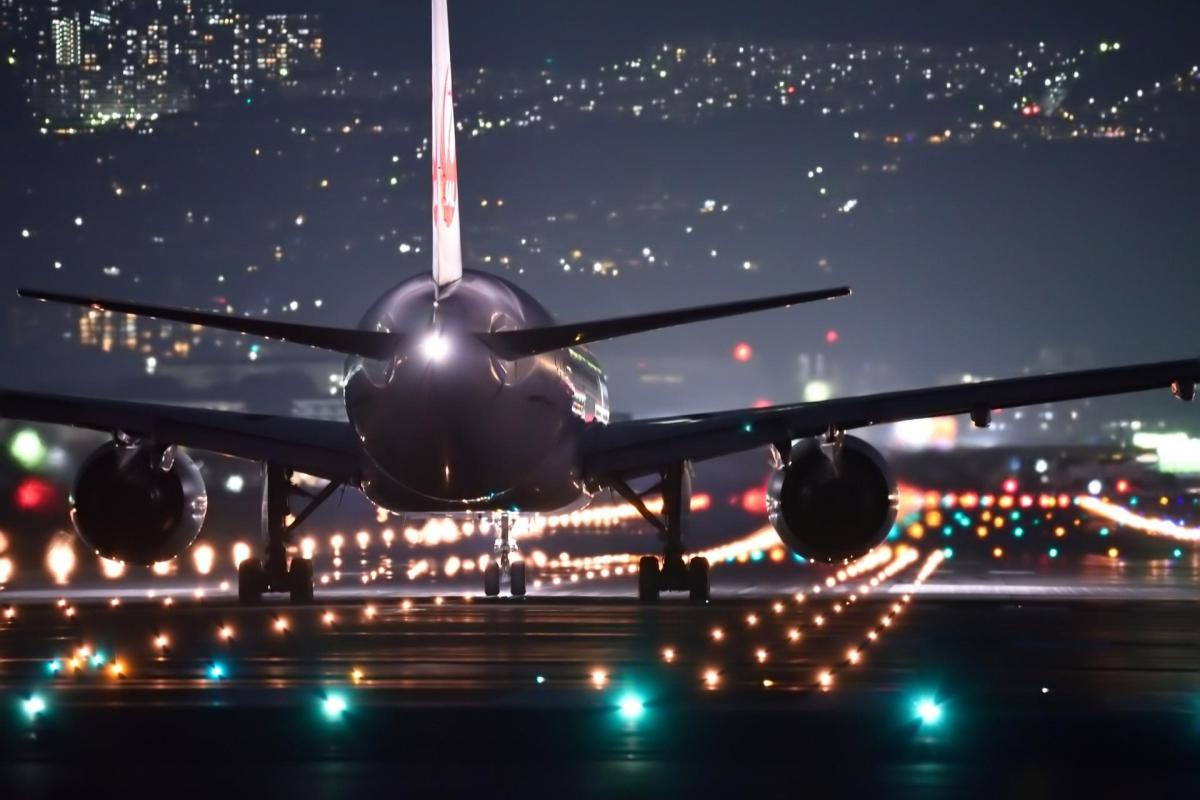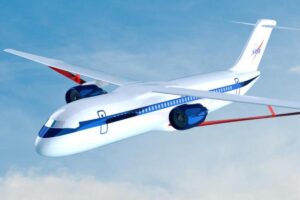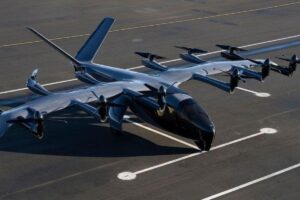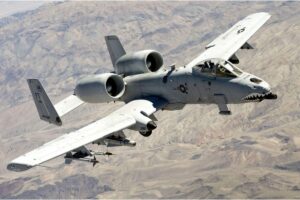Bridging Ethernet to 1553: Modern Solutions for Legacy Systems
Abstract
As avionics systems evolve, the integration of modern Ethernet networks with legacy MIL-STD-1553 systems becomes increasingly critical. Ethernet to 1553 converters provide an effective solution for bridging these technologies, enabling seamless communication and enhancing system capabilities. This white paper explores the challenges, benefits, and technical considerations of integrating Ethernet and MIL-STD-1553 systems, highlighting the role of converters in modernizing legacy infrastructures while maintaining reliability and performance.
Introduction
The rapid evolution of communication technologies in avionics has led to the widespread adoption of Ethernet networks. However, many existing systems still rely on the robust MIL-STD-1553 protocol, which has been the backbone of military and aerospace communication for decades. Bridging these two technologies is essential for achieving interoperability and leveraging the benefits of both systems.
This paper examines the role of Ethernet to 1553 converters in modern avionics, detailing their functionality, applications, and impact on system performance. We also explore future trends and innovations in protocol conversion technology.
Understanding Ethernet and MIL-STD-1553 Protocols
1.1 Overview of Ethernet
Ethernet is a high-speed communication protocol widely used in commercial and industrial applications. Its advantages include:
- High Bandwidth: Supports data rates from 10 Mbps to 400 Gbps.
- Scalability: Accommodates a wide range of network sizes and topologies.
- Flexibility: Compatible with various applications, from video streaming to real-time control.
1.2 Overview of MIL-STD-1553
MIL-STD-1553 is a time-tested protocol designed for military and aerospace systems. Its key features include:
- Deterministic Communication: Guarantees timely data delivery.
- Robustness: Operates reliably in harsh environments.
- Redundancy: Provides dual-redundant bus architecture for increased reliability.
1.3 Need for Integration
Integrating Ethernet and MIL-STD-1553 systems enables modern networks to interface with legacy systems, ensuring seamless data exchange and preserving existing investments.
Challenges in Bridging Ethernet and 1553 Systems
2.1 Protocol Differences
The fundamental differences between Ethernet and MIL-STD-1553 protocols pose significant challenges:
- Data Rate Disparity: Ethernet operates at much higher speeds than 1553.
- Packet Structure: Ethernet uses variable-length packets, while 1553 employs fixed-length messages.
- Timing Constraints: Synchronizing real-time communication across the two protocols requires careful management.
2.2 Environmental Considerations
MIL-STD-1553 systems are designed for rugged environments, necessitating robust solutions for interfacing with Ethernet systems that may lack similar durability.
2.3 Legacy System Limitations
Upgrading legacy systems to support modern protocols can be complex and costly, making efficient converters an attractive alternative.
Ethernet to 1553 Converters: Functionality and Benefits
3.1 How Converters Work
Ethernet to 1553 converters act as intermediaries, translating data between the two protocols. Key functions include:
- Data Mapping: Converts Ethernet frames into 1553 messages and vice versa.
- Timing Management: Ensures synchronization to maintain real-time performance.
- Error Handling: Detects and corrects errors during data transmission.
3.2 Benefits of Using Converters
- Cost-Effectiveness: Enables system integration without extensive hardware modifications.
- Interoperability: Facilitates communication between modern and legacy systems.
- Scalability: Supports future expansions and upgrades.
- Ease of Implementation: Simplifies integration processes with minimal disruption.
Applications of Ethernet to 1553 Converters
4.1 Military Aviation
- Mission Systems Integration: Connects modern Ethernet-based systems with legacy 1553 avionics.
- Secure Communication: Maintains encrypted data transfer between systems.
- Flight Testing: Enables real-time monitoring and data collection.
4.2 Commercial Aviation
- Cabin Management Systems: Integrates Ethernet-based entertainment and lighting systems with 1553-based controls.
- Maintenance Diagnostics: Supports predictive maintenance by bridging data between systems.
4.3 Space Applications
- Satellite Communication: Connects ground control systems to satellite 1553 buses.
- Launch Vehicles: Facilitates real-time telemetry and control during launches.
4.4 Unmanned Systems
- UAV Integration: Enables communication between Ethernet ground stations and 1553-based UAVs.
- Payload Management: Bridges data from modern sensors to legacy systems.
Technical Considerations
5.1 Data Synchronization
Maintaining real-time performance requires precise timing mechanisms to synchronize data exchange between Ethernet and 1553 systems.
5.2 Bandwidth Optimization
Efficient converters optimize bandwidth usage to prevent bottlenecks and ensure smooth data flow.
5.3 Error Handling
Robust error detection and correction mechanisms are essential for maintaining data integrity in mixed-protocol environments.
5.4 Environmental Compliance
Converters must meet stringent environmental standards to ensure reliable operation in harsh conditions.
Innovations in Ethernet to 1553 Conversion
6.1 FPGA-Based Solutions
Field-Programmable Gate Arrays (FPGAs) provide high-speed processing and flexibility, making them ideal for protocol conversion applications.
6.2 Software-Defined Converters
Software-based solutions offer scalability and adaptability, enabling updates to support new protocols without hardware changes.
6.3 AI and Machine Learning
Integrating AI enhances error detection, bandwidth optimization, and predictive maintenance capabilities.
6.4 Miniaturization
Advances in miniaturization allow for compact, lightweight converters suitable for space-constrained applications.
Case Studies
7.1 Military Aircraft Upgrade
A defense contractor implemented Ethernet to 1553 converters to integrate advanced radar systems with legacy avionics. The result was enhanced situational awareness and mission effectiveness.
7.2 Satellite Communication
A space agency deployed converters to enable seamless data exchange between Ethernet-based ground systems and satellite 1553 buses. This ensured reliable telemetry during critical missions.
7.3 UAV Integration
An aerospace company used Ethernet to 1553 converters to connect modern payload sensors to legacy UAV systems, improving mission capabilities.
Future Trends
8.1 Standardization Efforts
Industry-wide standardization initiatives aim to simplify protocol integration and reduce compatibility issues.
8.2 Higher Data Rates
Emerging standards will demand converters capable of handling larger data volumes with minimal latency.
8.3 IoT Integration
The rise of IoT in aviation will increase the need for protocol converters to manage diverse data streams.
8.4 Enhanced Security
Future converters will incorporate advanced encryption and authentication mechanisms to protect data integrity.
Conclusion
Ethernet to 1553 converters play a pivotal role in modernizing legacy avionics systems, enabling seamless integration and enhanced performance. By bridging the gap between these protocols, they ensure interoperability, cost-effectiveness, and scalability. As technology advances, innovative solutions will continue to drive the evolution of protocol conversion, supporting the growing demands of aerospace applications.
